Sommaire
- 1 Introduction
- 2 Étape 1 - What is the cup ?
- 3 Étape 2 - Know the project
- 4 Étape 3 - Questions qui restent pour l'intant sans réponses
- 5 Étape 4 - Cup is safe ?
- 6 Étape 5 - Accessibility to hygienic protections/menstrual precariousness
- 7 Étape 6 - Books and articles about menstruations
- 8 Commentaires
Introduction
The idea is to create a template or process to easily print a menstrual cup for those who need it.
Not everyone has access to the Internet, enough money to buy a ready-made one, a vacuum chamber and silicone.
My idea is to send the model and the tpu filament for example in fablabs and they can print it quickly. Anyone can participate in the fablab, for example by making a free donation in a box next to the printer, for example. We will therefore be able to apply this principle in developing countries and in all places where there is a person in need.
It all started on Thingiverse and Todahl who was able to print it first and give me feedback on the file. She also posted it on the 3D printing group on Facebook ,which allowed me to get positive as well as negative, disgusted or amused feedback.
Unintentionally they all participated in a discussion about the female body and the taboos it still represents today.Étape 1 - What is the cup ?
Mentrual cup patent 1867
I don't need to copy a block I found on Wikipedia.
Étape 2 - Know the project
The goal is to have a fast and healthy printing process to avoid a silicone mold (not everyone has the ability to buy this material and does not have access to a vacuum chamber)and to allow a faster and more personalized production.
This model (available on Thingiverse in the files section) would allow to personalize the size directly, and the shape for those who have specific pathologies (low cervix ,vaginism)or allergies (we could thus change material for those allergic to silicone, the medical TPU being the most appropriate)
This would allow people who do not have access to sanitary protection (or who manufacture it with on-board equipment) to go to school, work and avoid infections that can cost them their lives. And also to make significant savings (between 5-8€ /month, pink tax etc.)
I hope that if this works, some companies will be able to send filament to fablabs and other third parties to manufacture them.
Questions qui restent pour l'intant sans réponses :
- Le filament TPU/TPE correspond il au TPU médical ? Est il composé d'autres choses ou fabriqué après d'autres filaments (PLA, ABS..) ?
- Garde il les mêmes propriétés que les cups actuelles ? Peut on les faire bouillir ? Résiste il a plus de 8h dans un environement au Ph < ou = à 5 sans se dégrader et faire courrir le risque d'un choc toxique ? A t on la même souplesse ?
- Peut on les imprimer avec des FDM classique en changeant juste de buse ou doit on avoir une imprimante stérile pour le médical ? (dans ce cas cela ferait augmenter le coup de production et il serait peu être plus intéressant d'acheter une cup sur le marché que de la faire)
- Est possible d'avoir le minimum ,voir éviter les irrégularités à l'impression pour ne pas avoir de nid à bactéries ?
This can also be the subject of discussions/discovery workshops around the female body.
I know that this problem is often accompanied by the problem of accessibility to toilets.
I invite you to watch this video about the work of the movement Right To Pee (A movement for free,clean,& safe public urinals for women in India,An initiative of CORO India,with many more women organisations create by Mumtaz Shaikh ) and learn about projects such as Clean Your Cup.
https://www.youtube.com/watch?v=PTIxexrn1A8&frags=pl%2Cwn
I leave you articles on the accessibility of hygiene protection in some countries and on the rules in general, as well as interesting articles on the materials I thought I would use.
I invite you to read about it in order to get your own idea of the project. Feel free if you have any feedback or interesting articles to report to me. (in English, French or another language)
Étape 3 - Questions qui restent pour l'intant sans réponses
- Le filament TPU/TPE correspond il au TPU médical ? Est il composé d'autres choses ou fabriqué après d'autres filaments (PLA, ABS..) ? Des tests sont ils possibles par les entreprises qui les fabriquent ?
- Garde il les mêmes propriétés que les cups actuelles ? Peut on les faire bouillir ? Résiste il a plus de 8h dans un environement au Ph < ou = à 5 sans se dégrader et faire courrir le risque d'un choc toxique ? A t on la même souplesse ?
- Peut on les imprimer avec des FDM classique en changeant juste de buse ou doit on avoir une imprimante stérile pour le médical ? (dans ce cas cela ferait augmenter le coup de production et il serait peu être plus intéressant d'acheter une cup sur le marché que de la faire)
- Est possible d'avoir le minimum ,voir éviter les irrégularités à l'impression pour ne pas avoir de nid à bactéries ?
Étape 4 - Cup is safe ?
https://www.youtube.com/watch?v=ul6s9khCXHY (video that gave me the idea to do this project and filament that I plan to use TPU/TPE)
http://www.orangenarwhals.com/2015/11/diy-menstrual-cups-hack4fem (Test for a cup mold)
https://3dprint.com/36851/sexshop3d-safe-sex-toys/ (How to make sex toy safe)
https://www.liveloveluna.com/blogs/news/fda-approved-menstrual-cups-what-does-it-really-mean
https://readycontainment.com/wp-content/uploads/2017/11/Cooleys-Chemical-Resistant-Chart.pdf (TPU chemical resistance chart)
Étape 5 - Accessibility to hygienic protections/menstrual precariousness
Étape 6 - Books and articles about menstruations
Le grands mystères des règles by Jack Parker
https://passionmenstrues.com/author/jackxparker/
https://simonae.fr/sante-bien-etre/menstruations/regles_dessous_protections_periodiques_adopter/
https://simonae.fr/sante-bien-etre/menstruations/coupe-menstruelle-revolution-silicone-cup-regles/
Published
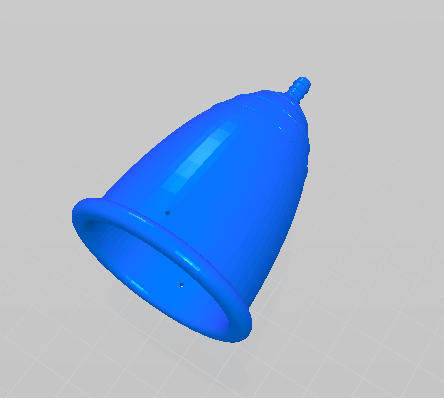
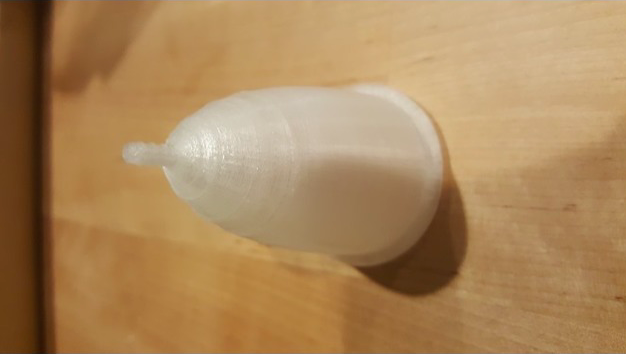
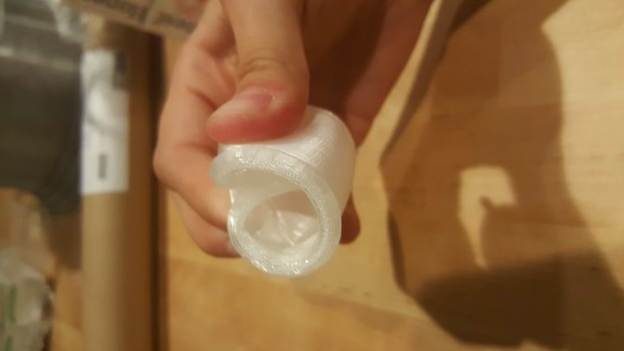
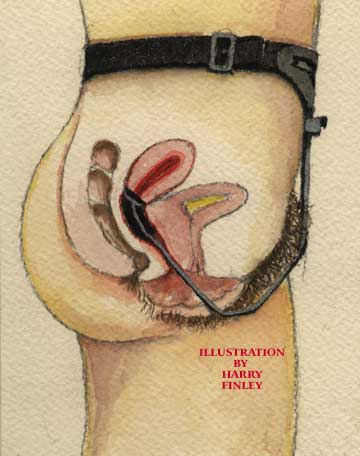
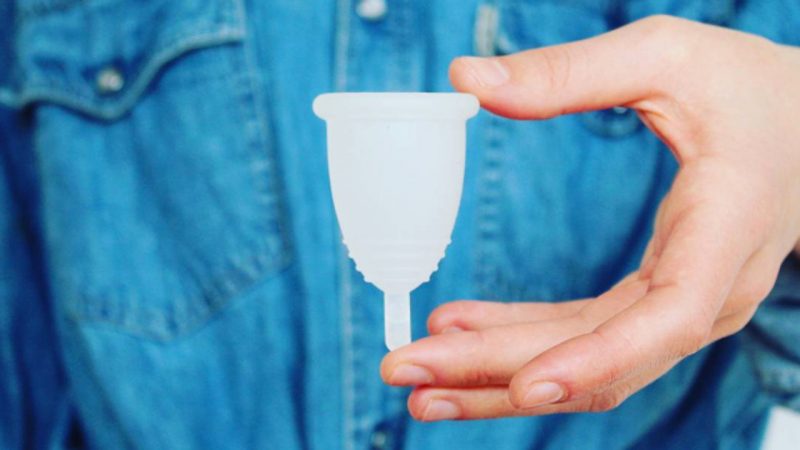
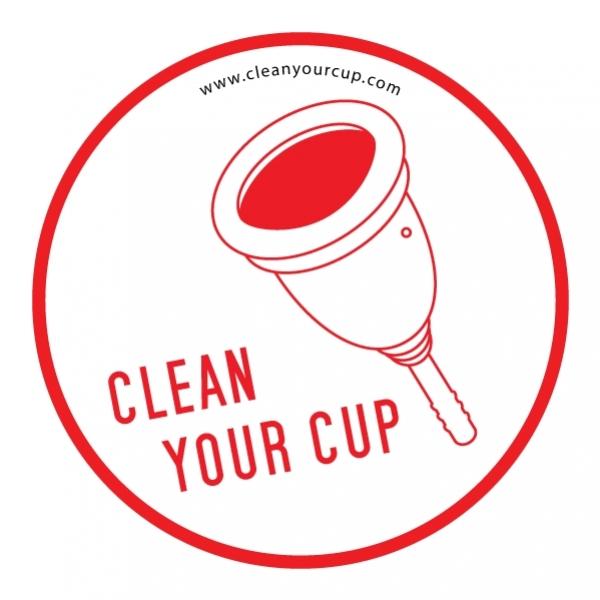

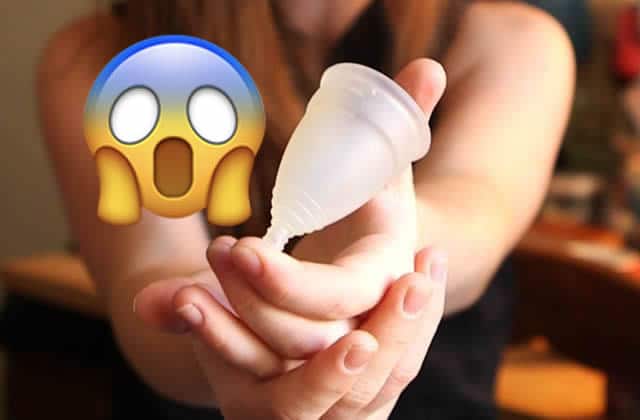

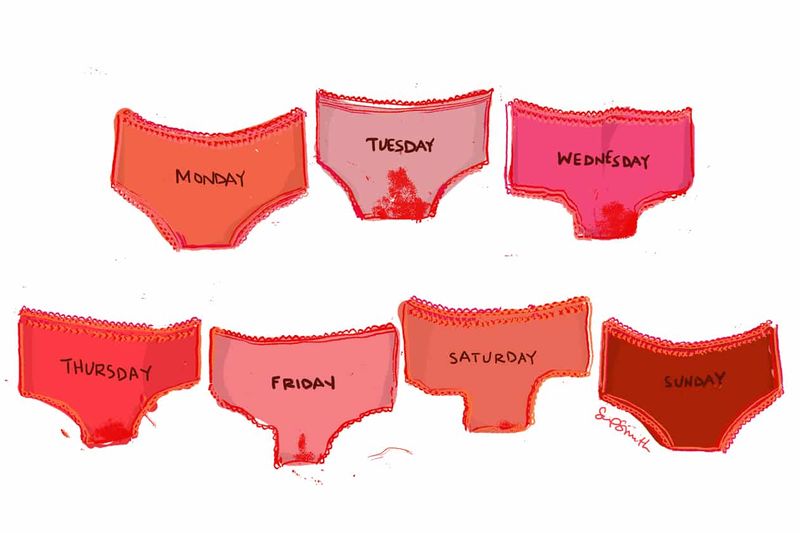
 Français
Français English
English Deutsch
Deutsch Español
Español Italiano
Italiano Português
Português